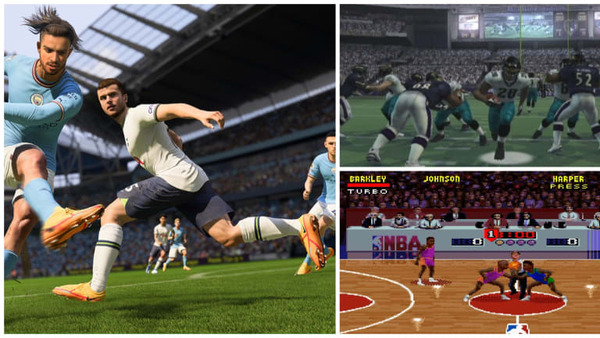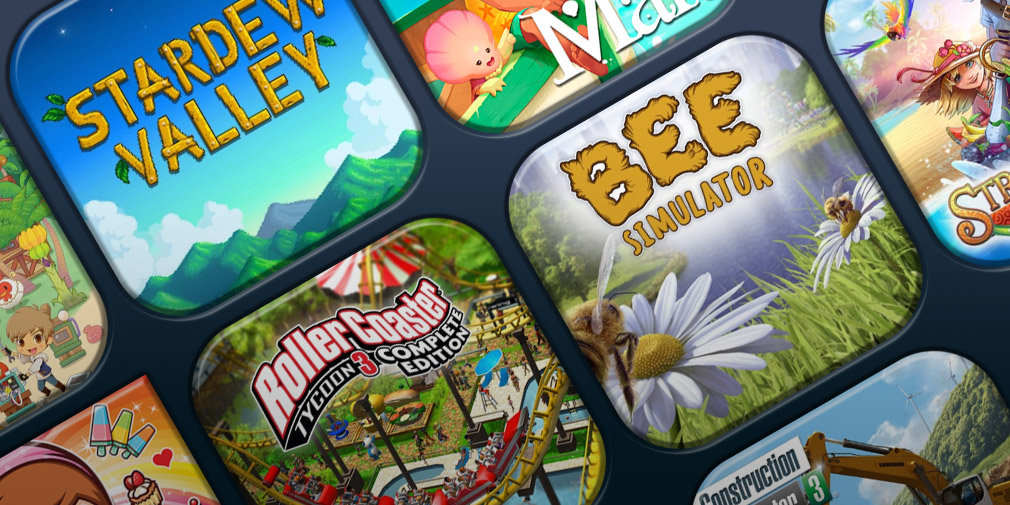Introduction
Since its debut in early 2020 as part of Free Fire’s OB20 update, the Kalahari map has carved its place in the hearts of battle royale fans. Known for its rugged desert terrain, compressed layout, and high-intensity engagements, Kalahari challenges players both tactically and physically. This comprehensive deep dive explores every facet of Kalahari—from its origins and geography to advanced strategies, competitive relevance, and future developments. Whether you’re a newcomer eager to learn or a seasoned veteran chasing that Booyah!, prepare to fully master this iconic map.
1. Genesis of Kalahari: Why It Matters
The Birth in OB20
Kalahari was introduced on February 28, 2020, replacing Purgatory in Free Fire’s Classic Match mode . Designed with professional player feedback, it brought a fresh interpretation of showdown-style maps, emphasizing fast-paced fire fights and strategic verticality.
Map Design Philosophy
Measuring 4×4 km—smaller than Bermuda—Kalahari offers rapid transitions between zones . Its compact nature ensures constant engagement: even starting loadouts can provoke early clashes. This high-octane pace is offset by a variety of loot-rich hotspots, rocky cover, and elevation changes, encouraging both aggressive plays and cautious rotations.
2. Kalahari Layout & Districts
Kalahari comprises several named districts and minor points of interest. Some key locations include:
-
Refinery – Central industrial complex with high-tier loot and frequent fights
-
Bayfront – Coastal structures ideal for mid-range combat
-
Command Post – Military-themed area offering solid gear and strategic views
-
Submarine – Iconic partially buried sub with loot and strong cover
-
Mammoth & Stone Ridge – Elevated spaces providing vantage and rotation options
-
Confinement, Council Hall, Shrines, Santa Catarina, Old Hampton – Smaller compounds perfect for quieter starts .
Each area has specific tactical value—knowing these zones is vital for consistent success.
3. Loot & Engagement Hotspots
High-Risk, High-Reward Zones
-
Refinery, Bayfront, Command Post: Packed with weapons and gear, these hotspots tend to attract early fights. Landing here sets the tone for the match—survive, and you gain major gear, but many battle newcomers won’t make it.
-
Submarine: A scenic skeleton ship holds good loot and offers immediate cover. However, tight corridors raise risk of early skirmishes.
Safer, Tactical Zones
-
Mammoth & Stone Ridge: Great for passive players looking for reliable gear and sightlines before entering the fray .
-
Old Hampton, Shrines: These quiet zones offer lower loot density but minimal interference — good for preparing before mid-games.
4. Strategic Playstyles Across Kalahari
Landing Strategy
-
Aggressive Players: Dive early into high-loot zones and leverage surprise to eliminate foes.
-
Balanced Players: Choose mid-tier areas like Stone Ridge or Command Post to secure gear before pressing in.
-
Passive Players: Opt for outskirts like Old Hampton or Shrines, perfect for collecting supplies without pressure.
Mid-Game Positioning
Maps shrink fast on Kalahari, placing players far apart quickly. Utilize Mammoth and Stone Ridge for high ground. The map’s size forces gunfights early—avoid getting caught in the open desert.
Rotation & Zone Control
Watch movements between Refinery, Bayfront, and Command Post, as stronghold control grants map dominance. Use Gloo Walls and rock outcroppings for safe rotations under sniper watch. A zigzag pattern across open areas makes you a harder target .
5. Combat Essentials
Weapon Meta
-
SMGs & Shotguns – Ideal for close-quarters fights in tight zones.
-
ARs and Marksman Rifles – Effective in open areas and ridge-vision fights.
-
Prioritize quick gear collection in high-loot areas to prepare early for confrontations.
Utility Use
-
Gloo Walls are essential for protection when crossing open terrain.
-
Grenades can flush opponents from structures.
-
Jump pads or sliding mechanisms (if available) aid quick mobility.
Navigating Vertical Terrain
Take advantage of elevation in Mammoth and Stone Ridge. Use these vantage points for overwatch, but remember: they make you visible.
6. Competitive & Esports Relevance
Kalahari features in regional tournaments and competitive circuits like FFNS, FFWC qualifiers, and others . Its smaller size and diverse tactical opportunities test both individual reflexes and squad coordination. Map mastery is key in duet formats and squad matches, where quick rotations and zone timing decide outcomes.
7. Seasonal Updates & Evolution
Since 2020, Kalahari has received map tweaks—loot adjustments, terrain balances, and layout fixes organized in seasonal patches. New game modes occasionally repurpose the map’s layout, maintaining freshness while preserving its core appeal .
Conclusion
Kalahari is Free Fire’s adrenaline-fueled answer to players seeking frantic, vertical warfare. With its desert expanse, exposed combat zones, and quick engagements, it offers a fresh and challenging experience. While map flaws like visibility issues and loot distribution persist, strong tactics and map control can overcome them.


































